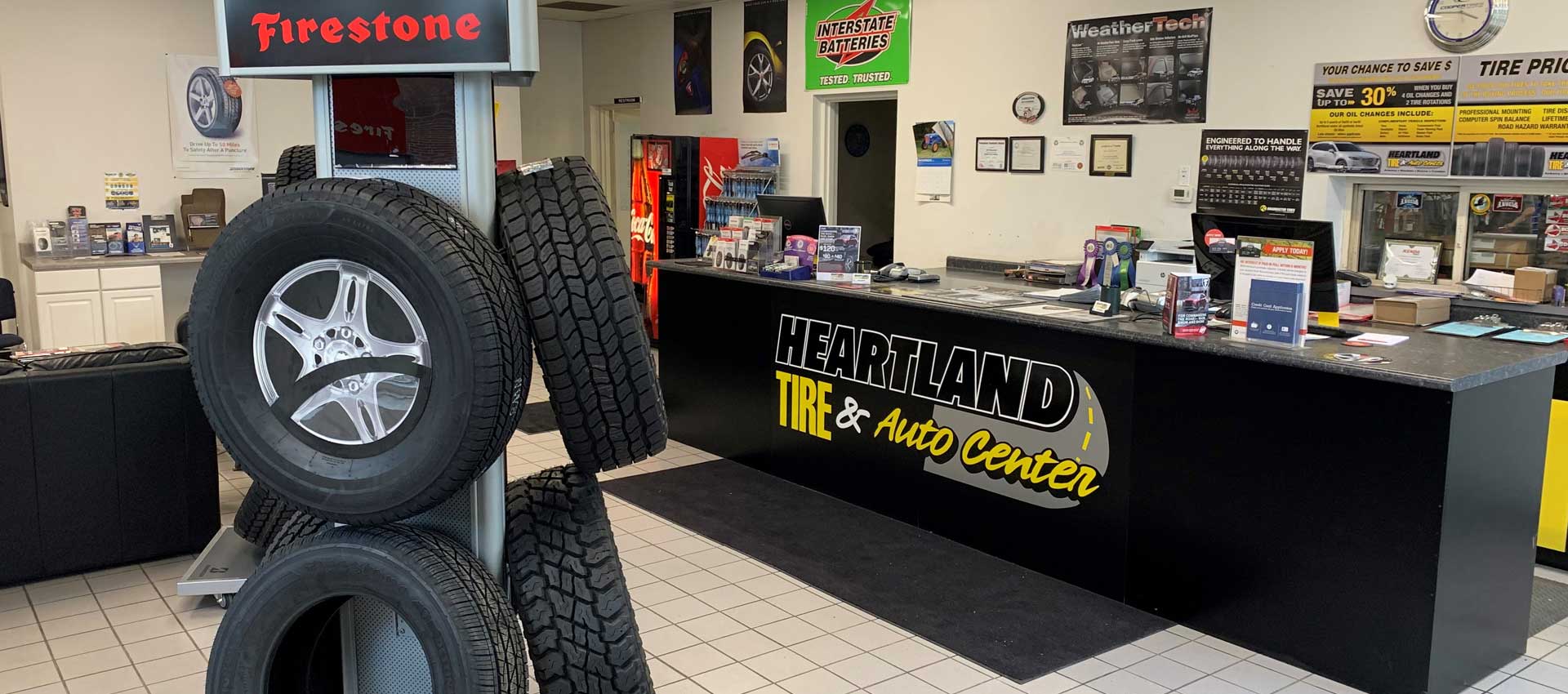Save Big with Mopar Tire Service Specials: Best Deals and Specialist Care
Save Big with Mopar Tire Service Specials: Best Deals and Specialist Care
Blog Article
Tire Service: The Impact of Weather
When it comes to guaranteeing ideal performance and security on the road, comprehending the effect of weather condition conditions on tire service is important. In this conversation, we will check out the elaborate connection between weather condition conditions and tire service, dropping light on the significance of weather-specific tire maintenance practices and factors to consider.
Warmth and Tire Efficiency
When revealed to high temperature levels, tires experience adjustments in performance that can considerably influence automobile safety and handling. The warmth produced from prolonged driving or warm weather problems causes the tire rubber to soften, leading to lowered walk life and increased wear.
Additionally, high temperature levels can accelerate the process of tire aging, triggering the rubber to wear away more rapidly. To alleviate the results of heat on tire performance, chauffeurs must regularly examine their tire pressure, rotate tires to guarantee even use, and check for any type of signs of damage.
Winter Impacts
Cold weather condition problems can have a considerable influence on tire efficiency and safety and security. As temperature levels decline, tire rubber can set, causing lowered grip on icy or snow-covered roadways. In chilly weather condition, tires may also lose atmospheric pressure more rapidly, which can influence taking care of and gas performance. In addition, chilly temperatures can cause tire sidewalls to stiffen, increasing the threat of damages from pits or other road threats.
To alleviate the impacts of winter on tires, it is important to on a regular basis inspect tire stress and inflate them to the supplier's recommended degrees. Using winter season or all-season tires developed for chilly weather problems can also boost traction and hold on icy or snowy roadways - morris tire and alignment. Appropriate tire upkeep, including routine evaluations for wear and damages, comes to be much more crucial throughout chillier months to ensure optimum efficiency and security
Rainy Conditions Effect
During stormy conditions, tire performance and safety can be significantly affected by the damp roadway surface areas and decreased exposure. The step pattern of tires plays a vital duty in keeping traction on wet roadways. Tires with damaged footsteps are more vulnerable to hydroplaning, where a layer of water accumulates between the tire and the road surface, resulting in loss of traction. To battle this, drivers ought to on a regular basis inspect their tires for ample tread deepness and take into consideration spending in tires particularly made for wet problems.

Snow and Tire Safety And Security
Snow-covered roads position distinct challenges for chauffeurs, emphasizing the importance of proper tire selection and maintenance. When driving in snowy problems, having the ideal tires can make a significant difference in safety and security and efficiency. Winter season tires are developed with special rubber compounds and tread patterns to offer far better traction on snow and ice contrasted to all-season tires. The much deeper footsteps and sipes of winter season tires help grip the road better, minimizing the risk of gliding and Go Here slipping.
In addition to making use of winter season tires, it is crucial to guarantee they are effectively blown up. Cold weather can cause tire pressure to drop, affecting traction and handling (tires morris il). Regularly checking and keeping the proper tire stress is essential for optimum performance in snowy conditions

Weather-Related Tire Maintenance
When faced with numerous climate conditions, correct tire maintenance ends up being an essential element of vehicle security and efficiency. Weather-related tire upkeep encompasses an array of practices aimed at making certain optimal tire function and durability in various weather situations. One vital aspect of weather-related tire maintenance is tire pressure guideline. Fluctuating temperatures can trigger tire stress to differ, impacting traction and fuel effectiveness. Consistently checking and changing tire stress according to supplier recommendations is important for secure driving in transforming weather. Additionally, tire tread depth plays a site considerable function in managing various climate components. Tires with ample step deepness give much better grip on damp or icy roadways, minimizing the threat of hydroplaning or skidding. When tread wear gets to a particular deepness is important for preserving traction and security in damaging weather condition, checking tire tread routinely and replacing tires. By focusing on weather-related tire upkeep, motorists can improve safety, boost automobile performance, and prolong the life-span of their tires.
Final Thought
Finally, climate condition have a substantial effect on tire efficiency and security. From warmth impacting tire stress and wear to cool weather lowering traction, it is important to consider the weather condition when maintaining and my sources utilizing tires. Stormy conditions can reduce grasp and result in hydroplaning, while snow can raise the risk of mishaps if tires are not properly geared up. Weather-related tire maintenance is essential in ensuring optimal efficiency and safety when traveling.
In this discussion, we will check out the complex partnership in between weather conditions and tire service, shedding light on the significance of weather-specific tire maintenance methods and factors to consider.

Report this page